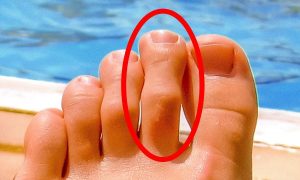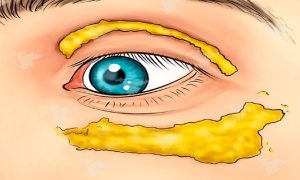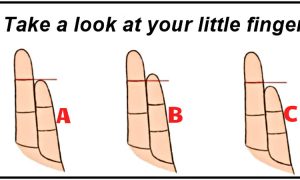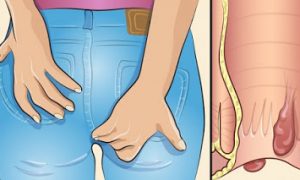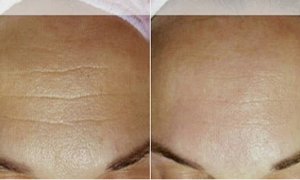
Oftentimes, two similar diseases exist but people end up knowing about only one of the two. This is one of those classic cases: Crohn’s disease is very common, but people know about its cousin, ulcerative colitis.
Named after its discoverer, Burrill Crohn, back in 1932, Crohn’s is a gastrointestinal tract-affecting disease. There are some key differences between UC and Crohn’s.
Two of them stands out: Women are far more probable to contract Crohn’s, and it can happen in any part of your GI tract, whereas UC affects only the colon.
What exactly is Crohn’s?
Our GI tract has healthy symbiotic bacteria that help us digest our food. The most common ones live in our stomachs, but quite a few reside in our intestines too.
When someone contracts Crohn’s, their body mistakenly attacks these healthy, symbiotic bacteria, much like an allergic reaction. This, in turn, causes swelling in areas of the GI tract.
Like many other genetic diseases, scientists are yet to pinpoint the accurate cause of this phenomenon, but at the same time they opine that certain lifestyle choices are bound to aggravate or trigger the symptoms, for example, smoking.
What signs to look out for?
The Mayo Clinic has listed the following examples as symptoms for Crohn’s:
- Diarrhea
- Fever
- Lethargy
- Pain in the gut and cramps
- Blood in your feces
- Inflammation in your oral cavity
- Lack of appetite and loss of body mass
- Fistula
Effects
Crohn’s can result in the tearing of the anal lining, according to the health website, Healthline. It can cause blood loss every time you defecate and also a lot of discomfort while sitting.
Worse, the scab tissues can clog up your intestines. This, according to experts, is one of the prime causes that lead to colon cancer.
And any form of cancer is best (and possibly only) treated with an early prognosis but Crohn’s can delay the detection resulting in a worse prognosis.
Hence, there is a need for awareness, especially among women, who are at more risk from this disease.
In conclusion
A ground-breaking 2013 paper called ‘Crohn’s disease in women’, published by the International Journal of Women’s Health, addressed the concerns about low birth weight, premature birth and birth anomalies as plausible reasons behind Crohn’s disease. However, these particular claims did not find enough support in the scientific community.
Another find was that treating Crohn’s using drugs did not seem to have an effect on pregnancy.
This was one of the trigger points that helped spawn a lot of research in this field. Recent ECCO guidelines have not suggested terminating pregnancies prematurely in order to treat Crohn’s successfully.
But there were changes in the menstrual cycle of women undergoing treatment.
So, given the myriad, differing effects of the disease and the cure, it is high time for women to be more aware of this condition. If you think you have any of the symptoms mentioned in the Mayo Clinic list, get yourself checked and treated before things take a bad turn.
Peace.



